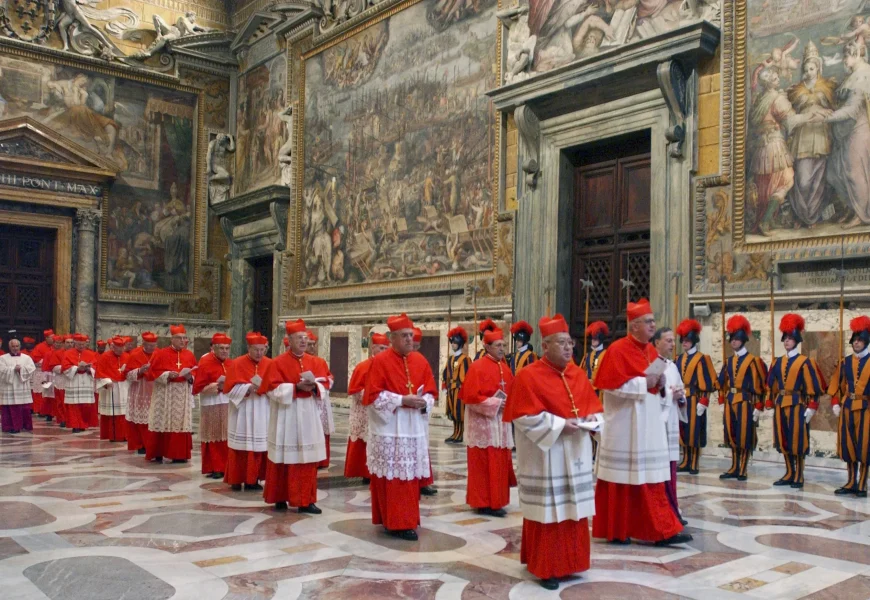VATICAN CITY (AP) - "Conclave," the movie, may have introduced movie-goers to the spectacular ritual and drama of a modern conclave, but the periodic voting to elect a new pope has been going on for centuries and created a whole genre of historical trivia.
From the longest conclave to anti-popes: 10 fun facts about the secret voting to elect a pope
VATICAN CITY (AP) - "Conclave," the movie, may have introduced movie-goers to the spectacular ritual and drama of a modern conclave, but the periodic voting to elect a new pope has been going on for centuries and created a whole genre of historical trivia.
Here are some fun facts about conclaves past, derived from historical studies including Miles Pattenden’s "Electing the Pope in Early Modern Italy, 1450-1700" and interviews with experts including Elena Cangiano, an archeologist at Viterbo’s Palazzo dei Papi (Palace of the Popes).
In the 13th century, it took almost three years - 1,006 days to be exact - to choose Pope Clement IV’s successor, making it the longest conclave in the Catholic Church's history. It’s also where the term conclave comes from - “under lock and key,” because the cardinals who were meeting in Viterbo, north of Rome, took so long the town’s frustrated citizens locked them in the room.
The secret vote that elected Pope Gregory X lasted from November 1268 to September 1271. It was the first example of a papal election by "compromise," after a long struggle between supporters of two main geopolitical medieval factions - those faithful to the papacy and those supporting the Holy Roman Empire.


